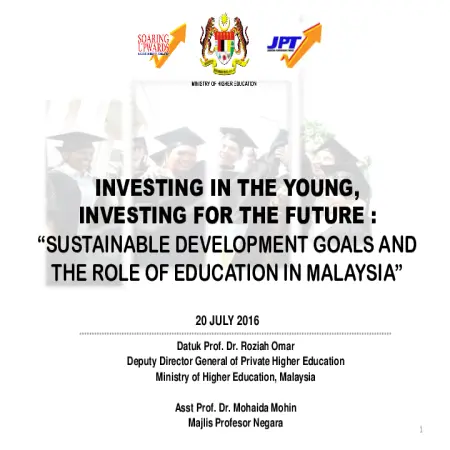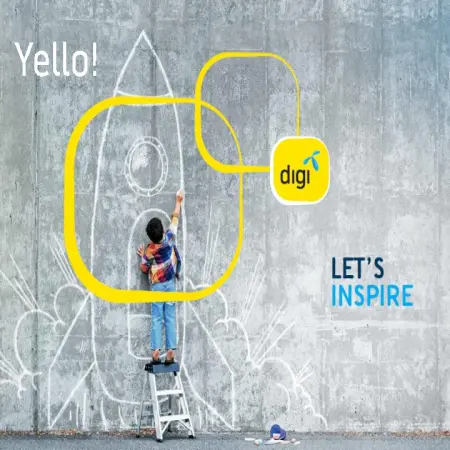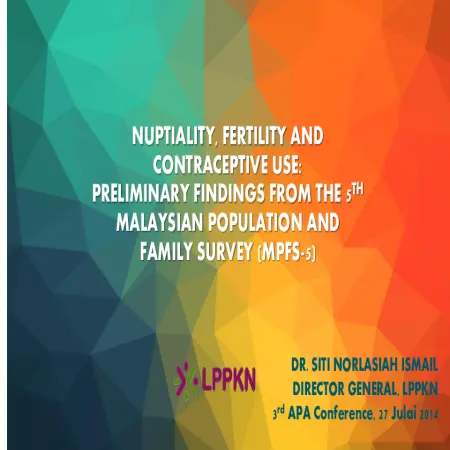PUBLICATIONS
Results for Item type : "Conference or Workshop Item"
|
|
Living the 'reduce, reuse and recycle' lifestyle
Item Type: Conference or Workshop Item
Editor:
Year: 00/00/2016
Abstract: In this presentation, the author will emphasise the urgency for "living the ‘reduce, reuse & recycle’ lifestyle” because humanity is living well beyond the ecological limits of one planet. Based on ecological footprint analysis, a tool for measuring sustainability, the biocapacity for humanity to be sustainable in 2012 was 1.7 global hectares (gha) per person (Global Footprint Network 2016; EF&B in 2012). Yet, the actual footprint of 2.8gha per person in that year globally indicates we were consuming the resources of 1 ½ planets. When we note further that some countries only survived on the equivalent of 0.7gha per person while others consumed the resources of over four planets at more than 8gha per person, it highlights the inequity of consumption across the human population. If this trend continues without shifting to a ‘reduce, reduce, reduce’ lifestyle, we will not achieve the sustainable development goals or Agenda 2030. Further, we will be borrowing from the future generations and compromising on their ability to meet their own needs. With a footprint of 3.7gha per person, Malaysians are already consuming the resources of more than two planets. Next, consumption patterns in 550 urban households in Malaysia based on data from an EPSM survey will be presented. In order to make the sustainable shift to ‘reduce, reuse & recycle’ lifestyle, an institutional framework needs to be created to mainstream sustainable development, as advocated by EPSM’s ongoing Sustainable Living in Malaysia (SLiM) campaign. Serious efforts need to be made to reduce our consumption of energy (electricity and fuel), water, meat and waste generation, including unnecessary shopping. In conclusion, the author will highlight examples of living the ‘reduce, reuse and recycle’ lifestyles.
|
|
|
|
|
|
Investing in young people: matching education with employment needs
Item Type: Conference or Workshop Item
Editor:
Year: 00/00/2016
Abstract: Education has always been the engine of growth for Malaysia. Malaysia aspiration to become a high income nation by 2020. Multi-prong strategies which include access to education for all among the pillars to transforming the nation. Malaysia has always been embracing with the strategies and action plans of the sustainable development goals regardless of class, race, gender, age and creed.
|
|
|
|
|
|
Corporate initiatives in empowering societies
Item Type: Conference or Workshop Item
Editor:
Year: 00/00/2016
Abstract: Digi’s ambition is to enable the Internet in the hands of every Malaysian for youth, children, women, the underserved, netizens and more. We passionately believe that all Malaysians should be given the opportunity to benefit from the power of the internet. Empower Societies is our commitment to enable the internet for all communities to inspire a better Malaysia and this promise to make meaningful impact in the lives of Malaysians is enabled through our corporate programmes; helping more segments of the society benefit from being connected.
|
|
|
|
|
|
Analisis strategi kelangsungan hidup migran pekerja Bugis Indonesia ke Sabah
Item Type: Conference or Workshop Item
Editor:
Year: 00/00/2016
Abstract: Bugis migration to Sabah especially the Tawau Division in the 19th Century not only had provided the workforce but also created the early Bugis community in Sabah. They had assimilated with local people and become Malaysian citizens after the formation of Malaysia in 1963. Bugis migration flow to Sabah still continues to date and it is difficult to control. This paper studies migration of Indonesian workers phenomenon, especially the Bugis who dominate a few districts in Tawau and Sandakan Divisions. In collaboration with the LPPKN, a study involving 896 Indonesian workers who responded to a survey was conducted using face-to-face interview, while 20 legal and illegal workers, respectively participated in the in-depth interview. This study focuses on survival strategies using the role of social network in assisting migration process in three phases namely pre, while and post migration. This study found that new migrants were assisted by social network to reduce migration cost to achieve successful migration. Based on the Push and Pull theory, the decision to migrate and the selection of migration destination was influenced by economic factors such as job opportunity and wages in the origin and destination which could be explained by Neo Classical Economy theory. What is more important was, this study found that, non-economic pull factors such as social network, historical links and geographical proximity; as well as culture, ethnicity, religion and language similarity strongly influenced new migrants in making the decision to migrate. In conclusion, survival strategies using trusted social network crosses political boundary has continued to assist flow of information and resources, and reduced the risk of unsuccessful migration. Ethnicity-based recruitment strategy assisted by Mandur was found to be beneficial and thus, maintaining the migration flow of Bugis to Sabah until today.
|
|
|
|
|
|
Adolescent perception on family well-being: the effect of family economic status, family functioning, and community support
Item Type: Conference or Workshop Item
Editor:
Year: 00/00/2015
Abstract: The objective of this presentation is to examine the difference of family well-being across several demographic information and to examine the relations between the family well-being in adolescents perceived family economic status, quality of family functioning, and community and neighbourhood support.
|
|
|
|
|
|
Highlights of family and social issues : Fifth Malaysian Population and Family Survey (MPFS 5-2014)
Item Type: Conference or Workshop Item
Editor:
Year: 00/00/2015
Abstract: This slide Highlights of Family and Social Issues from finding of the Fifth Malaysian Population and Family Survey (MPFS 5-2014).
|
|
|
|
|
|
Mammogram Screening Subsidy: Program in Malaysia
Item Type: Conference or Workshop Item
Editor:
Year: 00/00/2015
Abstract: In Malaysia, a woman has a 1:19 life time risk of developing breast cancer in her lifetime. Breast cancer contributes 32.3% of all female cancers. To reduce the incidence of breast cancer, the Government has embarked on the subsidised Mammogram Screening Program. This aims at promoting greater awareness and encouraging women to undergo mammogram screening for early detection of breast cancer. The objective of this subsidy is to promote greater awareness on breast cancer and the importance of breast examination.
|
|
|
|
|
|
Nuptiality, fertility and contraceptive use: preliminary findings from the 5th Malaysian Population and Family Survey (MPFS -5)
Item Type: Conference or Workshop Item
Editor:
Year: 00/00/2015
Abstract: The current marital trend status shows more than 90 % are currently married while the percentage of divorce or separation is increasing. Next, current marital status by age group in 2014 showed that 93.1 % is currently married and 5.3 % among women 20-24 are divorce or separated. This paper discuss about nuptiality, fertility and contraceptive use from preliminary finding of the Fifth Malaysian Population and Family Survey (MPFS-5) 2014.
|
|
|
|
|
|
Measuring Malaysian well-being through the personal well-being index (PWI): findings from the fifth Malaysian Population and Family Survey, 2014
Item Type: Conference or Workshop Item
Editor:
Year: 00/00/2015
Abstract: The aim of this study is to measure the well-being of Malaysian population through the use of PWI scale developed by the International Wellbeing Group (IWbG). Responses on the PWI scale were collected from over 10,000 adults aged 18 to 59 drawn from a sample of 18,852 living quarters throughout the country. Through the MPFS-5, the Personal Well-Being Index for the Malaysian was recorded at 7.71 out of a maximum score of 10. Out of the eight domains identified, the Spirituality or Religion domain recorded the highest score of 7.56. It then followed by the domain scores of Personal Relationships (7.54), Community-Connectedness (7.52), Personal Safety (7.35), Personal Health (7.10), Future Security (6.96), Standard of Living (6.58) and Achieving in Life (6.56).
|
|
|
|
|
|
Prevalence and risk factors of pregnancy loss in Malaysia
Item Type: Conference or Workshop Item
Editor:
Year: 00/00/2015
Abstract: The objective of this paper is to study the prevalence and risk factors of pregnancy loss in Malaysia. The risk of pregnancy loss is highest among Indian, followed by Malay and Chinese. The risk of pregnancy loss increases with level of education, age at 1st marriage and number of previous non-live births.
|
|
|
|













